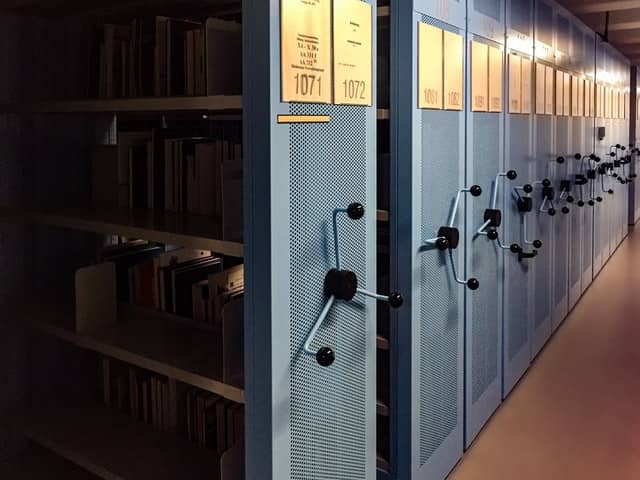Introduction
NOTE: This article was the reason to implement the scrapy-folder-tree scrapy extension.
What is the problem and how to deal with it
When it comes to image storing, a common pitfall is to save all the images in a single folder. If the number of images
is less than few thousands, when, stop reading this post because you will not face any issue. On the other hand, if you
are planing to store numerous images, then consider splitting them in different folders. Listing a directory will become
faster, more efficient and at the end of the day, your kernel will be happier. A common pattern is to create a folder
structure based on the name of every file. For example, let’s say that path/to/image/dir will be the main directory,
and you want to store imagefile.jpg. Create folder structure based on file’s characters and save the file inside the
leaf folder:
$ tree path/to/image/dir
path/to/image/dir
└── i
└── m
└── a
└── imagefile.jpg
A testcase
Given the following situation:
- Folder structure’s depth is 3
- The maximum number of images per leaf folder is 1000
- A common hashing function is used for naming (
[a-z0-9])
The main folder can host up to:
$$\left ( \left ( 26 + 10 \right )^3 \right ) * 1000 \approx 46 \text{ Milion images}$$
Application
Time to get our hands dirty.
Description
The purpose of this post is demonstrate an easy way to apply this methodology using scrapy and
specifically
the ImagePipeline. The
default behavior of ImagePipeline is to store all images in the same folder based
on IMAGES_STORE‘s value
in settings.py. We are going to make
an ImagePipeline sub-class and we will
override file_path
and thumb_path methods. Please find below the full pipeline:
